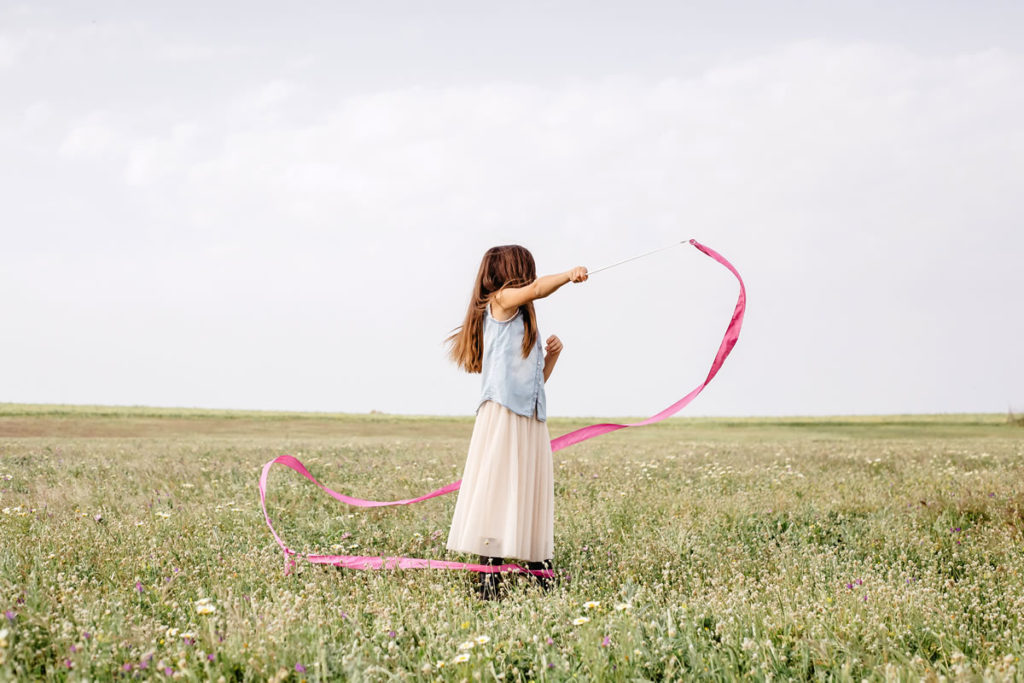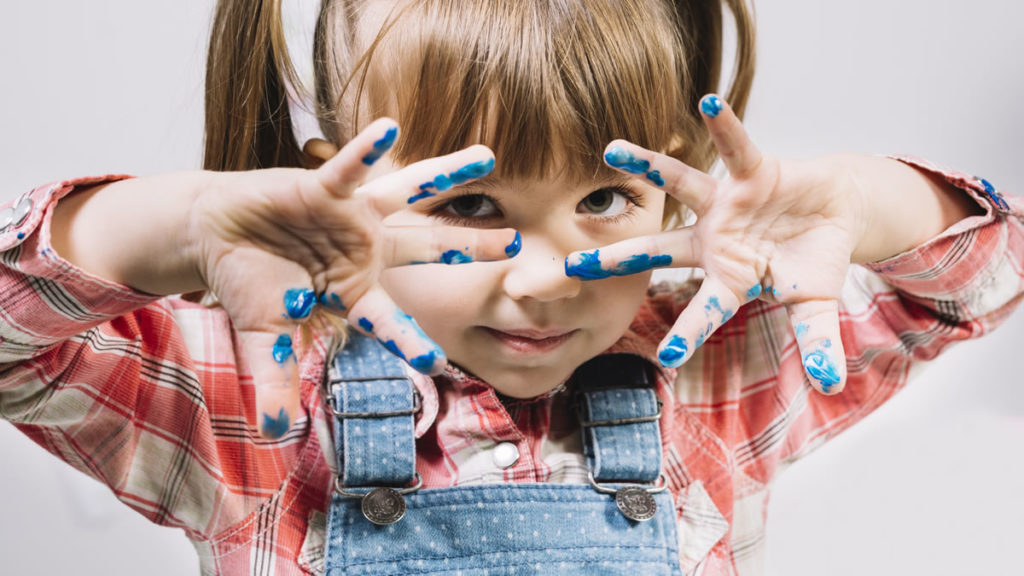Although there are undoubtedly many things that children can learn at the time of play , if these games are properly applied and directed to those objectives or skills that we want to achieve, learning will be much more effective.
For this reason, in this article, we want to offer you a series of games and activities focused on different skills in a specific way, ideal to apply in the classroom and adjust to the different school plans that are presented.
Do you want to see everything that children can learn with these activities?
Activities and games to develop and enhance skills in children
Music and creative movements
Children enjoy listening to music and making and creating their own rhythms. And it is that music is a universal language, whether it is a group that shares songs, that plays instruments or that is dedicated to dance. The movement that music generates, moreover, is usually very creative, and with it children can learn to move their body through space . For example, young children are proud when they sing a song and can do the accompanying finger movements. If, in addition, we combine movement with music in a creative way, such as recreating that we are dry leaves when falling or raindrops, we will also develop and enhance the imagination and artistic side of children.

- What is learned: Music helps children connect with the outer world of movement and sound, as well as the inner world of feelings and observations. Playing games or doing activities in which music predominates is a powerful first experience in the artistic process of childhood. And it is that, children learn music in the same way that they learn language, listening and imitating. On the other hand, it is also a fun method of physical conditioning , an important goal of child development.
Listening to music also teaches important skills in the preteen stage. When young people use percussion instruments they can play the rhythmic pattern of words, learn to listen to the differences between fast and slow, loud and soft, etc. When they try new instruments, they notice how each variation changes the music and allows them to develop their curiosity about it and their desire to learn new things, which is undoubtedly of vital importance at this stage of life.
The circle of time
In general, the time circle is based on sharing time together. Within the circle, teachers can begin the debate or conversation with a specific topic that has already been covered in class, or that is considered of interest to the group. It can be a topic related to a project the class is working on, or it can focus more on a specific skill. For example, at the beginning of the course, the teacher can propose games to help children learn the names of each of their classmates.
A good idea may be to hold the weather circle time first thing in the morning as a way to organize your class and activities for the day.
- What is learned: these circles are an opportunity for young people to learn to organize their thoughts, to get to know each other and to gain confidence and lose their fear of ridicule and public speaking. As they talk about their experiences, children will learn to be interested in information, to share it, and to tell stories with an introduction, middle, and ending .
Art projects
The artistic projects to be developed should be part, if possible, of a topic that is being studied in class. For example, as part of the seasons curriculum, children can collect pine cones, leaves, and acorns during a nature walk in the fall month. They can later use such collected items in art projects, such as rubbing leaves with paint, assembling them into collages, or using them as decorations for photo frames.

Using natural materials in an art project reinforces and extends information that a child has already learned in other contexts. For example, suppose the art project of the day is to rub leaves collected during a nature walk the day before, as we said. If from a pile of leaves on the table, the child selects a dry leaf that easily crumbles, the young person will learn, in a concrete way, about the life cycles of nature . Through trial and error, like the scientist in a lab, the student may find that green leaves or shiny leaves hold up best for this art project.
A good art corner can be a very good idea to implement in the classroom, and it should be provided with materials that can be used in a variety of ways.
- What is learned: A good art project teaches a child that their creativity is limited only by their own imagination. By transforming everyday objects such as rolls of paper and egg cartons into sculptures, imaginary critters or spyglasses, a child discovers that he can create an endless world of games.
Art projects are also great for developing a child’s fine motor skills. Control of small muscles is required to manipulate clay, cut with scissors, paint with a brush, and color with markers or crayons. Similarly, art projects build the self-esteem of the little ones . The finished product, on display at home or at school, reinforces children’s sense of worth and confidence.
We must not forget, in any case, that it is the process and not the product, the most important element when carrying out art projects, especially at the preschool level.











































































































